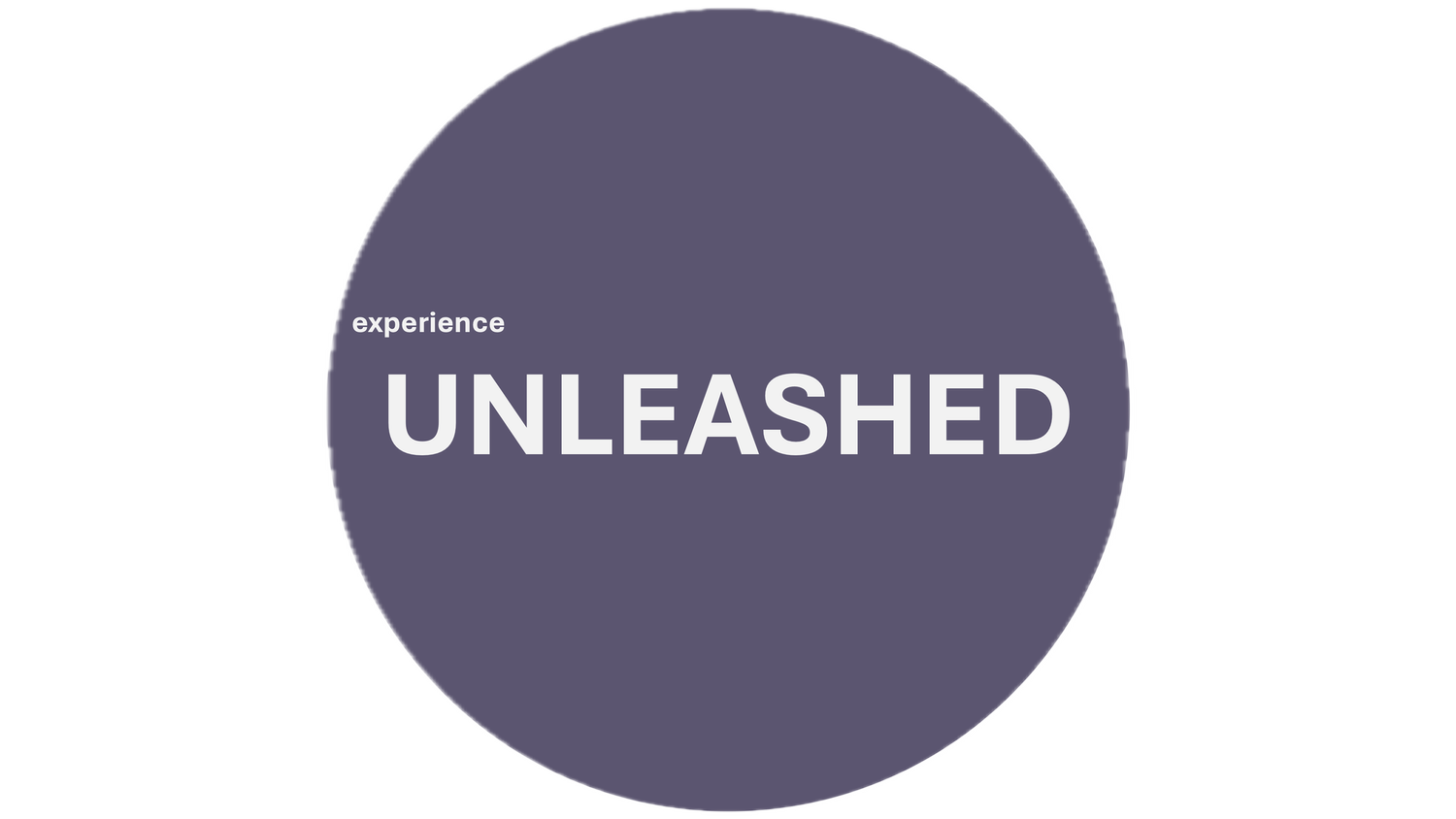Are you a B2B marketeer with growth ambitions? Then you must change the conversation.
CMOs and Marketing Directors within (mid-sized) B2B companies sometimes struggle within a culture that lack the understanding of marketing, and its potential to support growth. So, what can a CMO, or Marketing Director, do to increase the understanding of marketing as a function? Don’t try. Instead, change the conversation.
Are you often met with “how much more will we sell” when pitching new marketing ideas to the management team?
Do you often find yourself frustrated because you need to educate people about the very basics of why marketing is important (over and above “the right content at the right time”)?
You’re not alone. Being a CMO / Marketing Director within B2B companies can be quite challenging. Especially if you are operating within strong culture of centered around technology and sales, where marketing often is a “new” capability.
Perhaps you find that there’s a limited understanding of marketing processes? And therefore, sales and PnL owners have expectations of your delivery and speed that is unrealistic, given the resources you have?
So how do a CMO educate its peers about the potential of marketing, and makes a sales and technology driven organization open to understand how marketing can be part of the growth agenda?
Don’t. What you should do is to change the conversation, using customer and market insights as your tool.
Nothing changes the conversation as much as Customer Insights. It is the most powerful tool marketeers can and should take ownership of, because it will help you in many ways:
Insights makes people in the organization understand that you have different type of customers, and they behave different in your customer journey.
Insights will help you set prioritization on necessary actions to grow, because they are based on prioritized customers views, not internal silo debates.
Insight will help the internal conversation on priorities: Is delivery lead-times really your key problem to fix, or is it how you bring new innovations to the market, or your pricing transparency? What is short – mid – long term priorities?
Insights will also provide your organization with a general “a-ha”, because most B2B companies have thought of feedback through sales channels as “insights”, but of course its not.
There’s one common trait with the points above, which is the nature of its focus. It has an “outside in” perspective. And that’s new to many organizations.
Of course, most companies believe they are “customer focused”, but their priorities are still set from an inside out perspective. And there are simple techniques to use if you have the ambition to pressure test whether you are “customer focused” or not.
Just ask these three questions below:
Who is our most prioritized Target Customer for our growth journey (because you most certainly cannot serve them all equally well)?
What is the key needs we should address better than our competitors?
What are the steps in our Customer Journey we immediately need to fix to increase our conversion and retention?
If your organization cannot give a clear answer to the questions above – you have a conversation to start among your peers. And you need to start collect customer insights in a structured way.
If you want to discuss ideas how, we are happy to help!

